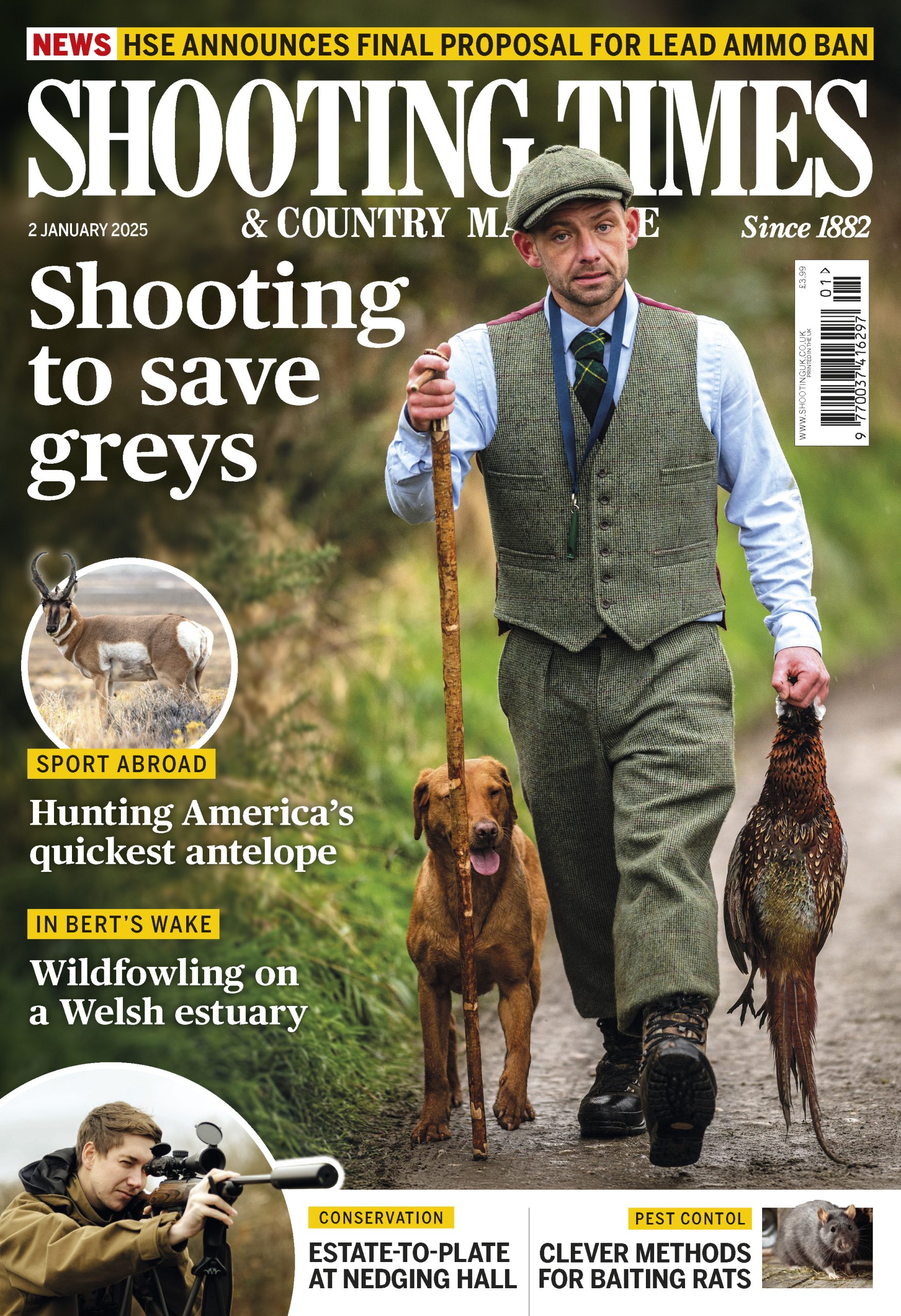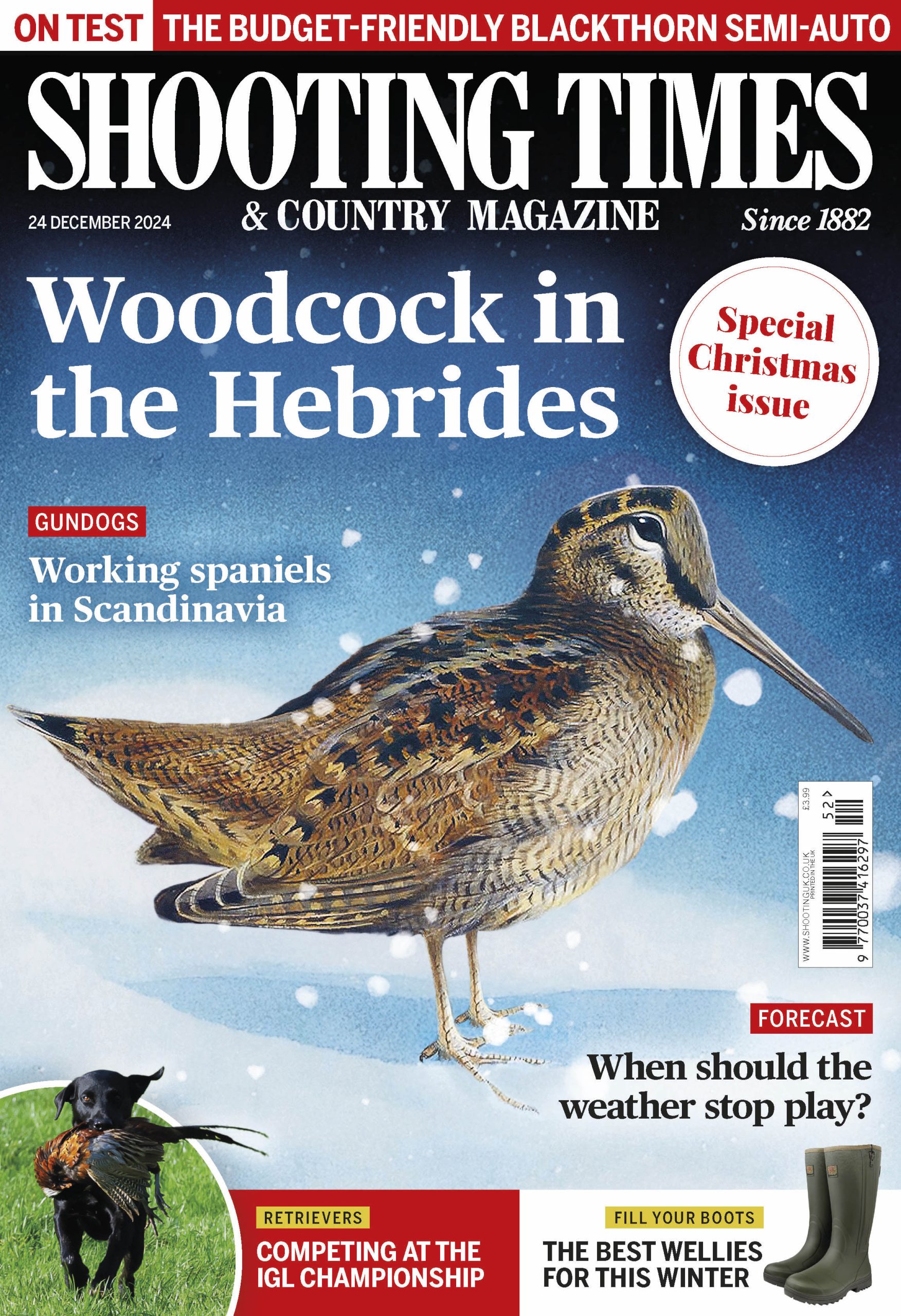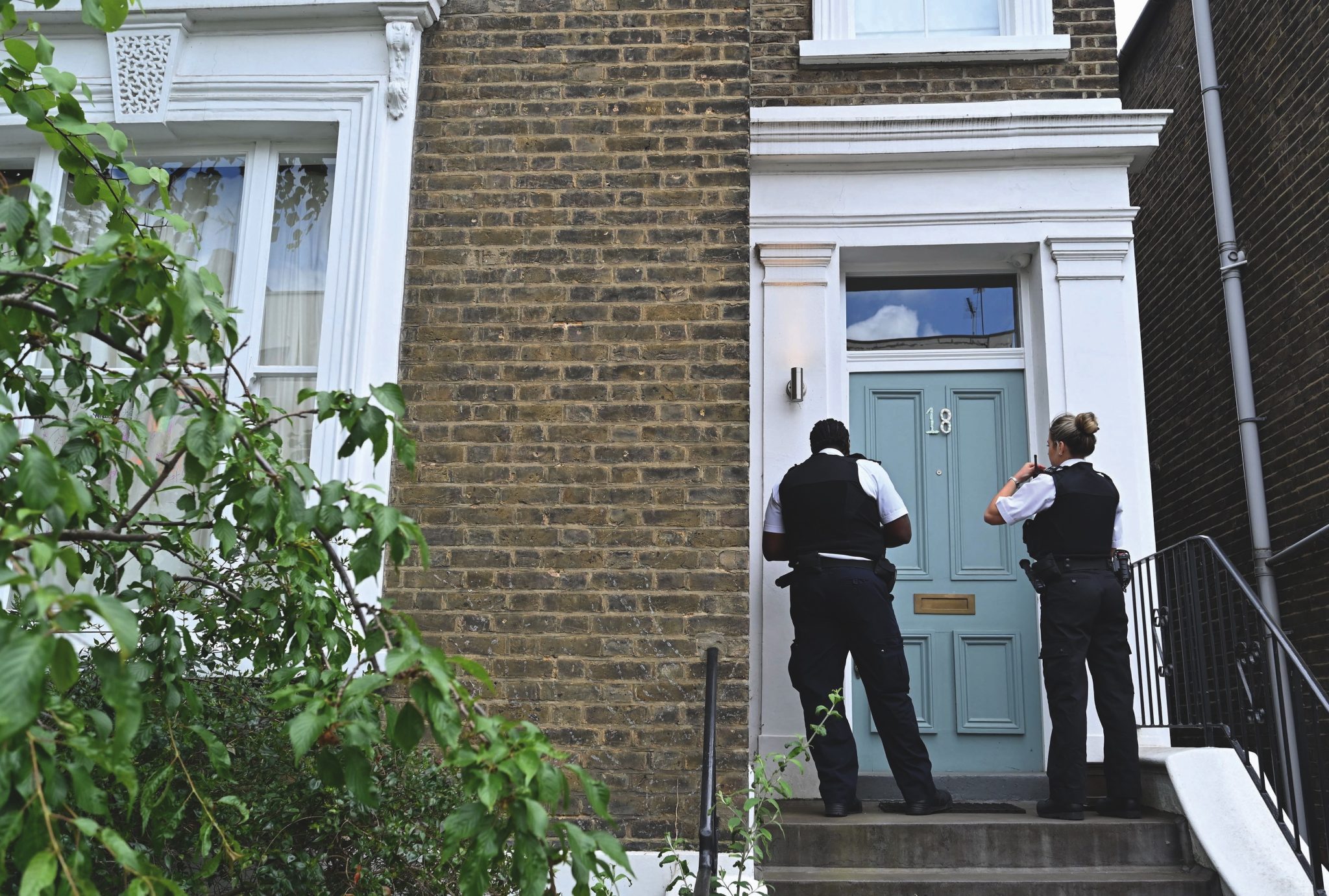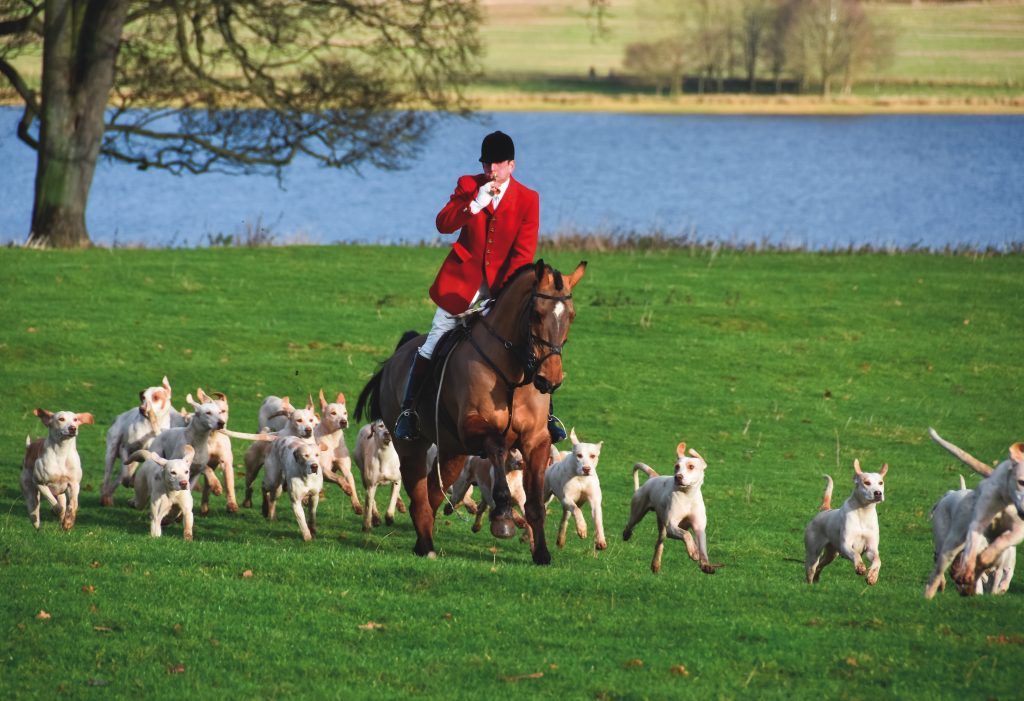- News
- Gundogs
- Shooting
- Recipes
- Gear
-
-
- More
-
-
More
-
-
News
Rural concerns risk being sidelined in devolution shake-up
By Hollis Butler (Group News Editor)
-
News
Crimestoppers under fire over snitch campaign targeting certificate holders
By Hollis Butler (Group News Editor)
-
-
-
Win CENS ProFlex DX5 earplugs worth £1,149 – enter here
Quarry guide – quail
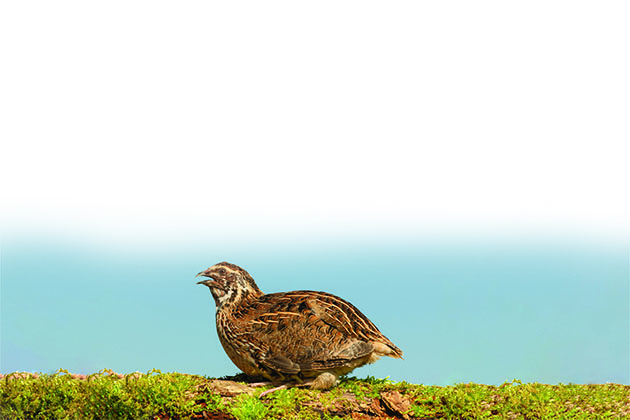 Common Quail (Coturnix coturnix) Rooster In The Wild.
Common Quail (Coturnix coturnix) Rooster In The Wild.
We don’t shoot quail in the UK and the only reason that this elusive little bird appears in this quarry guide series is that it is classified as a gamebird, even though it has no open season.
Before the modern game laws, our forefathers might have added the odd one or two to the bag when walking-up the stubble for an early partridge, but by the time the game season was in full swing the quail would have left our shores along with the swallows, destined for Africa where they spend the winter before returning in April.
The quail is the only truly migratory gamebird and, like the swallow, it is very much a bird of the late spring and summer in Britain. Those encountered in Europe, more properly known as the common or European quail, should not be confused with their distant relative the bobwhite quail, which is so beloved of US hunters.
Quail characteristics
The quail is the shape of a partridge but closer to the size of a starling and with nondescript plumage, and is shy and only seldom seen. Its brown, black and gold streaked plumage, orangey-buff coloured chest and white eye stripe combine to provide excellent camouflage and males can only easily be differentiated from females by their black throats. The quail is more likely to be heard rather than observed, usually at around dusk, when it repeats its evocative and liquid three-note ‘wet my lips’ call over and over. Otherwise it prefers to remain inconspicuous and, if threatened, is much more inclined to run rather than take to the air. Despite this, it is in reality a very capable flyer, covering huge distances, mostly by night and flying low, when it migrates in small coveys with rapid beats of its surprisingly long and pointed wings. During migration it is very vulnerable to being snared in nets. Such trapping, along with modern agricultural methods and habitat loss, has had a big effect on numbers, though occasional bumper breeding years can have the effect of boosting populations considerably, a phenomenon often referred to as ‘quail years’.
While certainly an endearing bird, the quail has always been supposed to have a reputation for an especially amorous nature which is, sadly, largely undeserved but probably a reason for its name being used to describe a prostitute in 17th- and 18th-century England. A rather happier connection is sharing its collective noun of ‘a bevy’ with a group of ladies or of roe deer. The Bible tells of the Israelites, fleeing from Egypt, praying for sustenance and being rewarded with a huge flock of migrating quail.
A royal dish
The quail has always been a highly regarded table bird, but the ones you’ll find sold today in a supermarket or butcher’s shop will not be the common quail, but rather the closely related Japanese variety supplied by poultry farmers. These breed prolifically in captivity and can start laying at as young as eight weeks old given the right conditions. Their eggs are also popular delicacies, though it takes four or five to equate to a standard hen’s egg. In days gone by, though, the common quail was very much on the British menu. It is said that Jane Seymour, the third wife of King Henry VIII, developed such a craving for quail meat during pregnancy that her husband insisted English courtiers and diplomats abroad devoted their energies to obtaining supplies to satisfy his queen’s appetite. Even today they are still taken in large numbers, particularly in the Mediterranean area while on migration.
Fortunately, the British market for these birds has long since disappeared, though in 1920 no less than two million birds, some of them live in cages, were exported from the Egypt area alone. Many of these were sent to English traders. Quail meat can be dangerous to the unwary, though. Those who eat the flesh of birds which have themselves consumed poisonous plants may suffer from a condition known as coturnism, which is characterised by muscle tenderness and cell breakdown. Though the ancient Greeks recognised it as early as the 4th century BC, it is still not fully understood but may have something to do with feeding habits during migration. Fortunately, though, modern quail breeders are unlikely to rear their birds on hemlock, hellebore or woundwort.
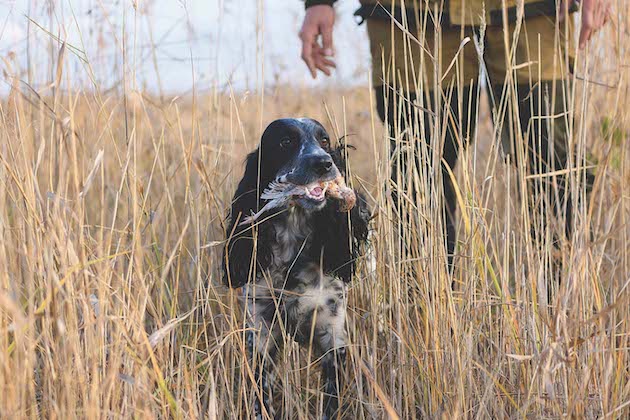
No longer shot in Britain, the quail is still taken in numbers in the Mediterranean area
Quail facts
- Distribution Strongly migratory; widespread across Europe and central Asia during the summer, overwintering in Africa and India. Resident populations in some parts of southern Spain and southern Africa
- UK distribution Breeding birds are most commonly encountered in England, where Wiltshire and Dorset are traditional strongholds, and southern Scotland. Only very rarely seen in Wales and Northern Ireland. Though some quail may occasionally overwinter in the UK, most migrants depart for their African wintering grounds by late September or early October and return in April
- IUCN red list statusLeast concern, but numbers decreasing
- Habitat A farmland bird that prefers open habitats such as fields of clover, cereals, rough grass and overgrown fallow ground less than 1m tall. Avoids bare soils, hedgerows, trees and scrub
- Food Grasses, weeds and grains. Will also eat ground-dwelling insects
- Breeding Males arrive in the breeding areas before females; following elaborate displays, pairs are formed and a nest site is chosen by the female. Up to three clutches may be produced in a breeding season
- Nesting A scrape in the ground is lined with plant material, usually hidden in low vegetation. The young leave the nest soon after hatching to forage with their parents and are able to fly at around 11 days old
- Clutch Size Six to 12 eggs
- Incubation Time 17 to 20 days
- Length (average) 18cm to 22cm
- Wingspan (average) 32cm to 35cm
- Weight (average) 90g to 130g
- Lifespan (average) Two to three years; more than 11 years in captivity
- Flight Speed Around 35mph Shooting Seasons None; fully protected
Related Articles
Get the latest news delivered direct to your door
Subscribe to Shooting Times & Country
Discover the ultimate companion for field sports enthusiasts with Shooting Times & Country Magazine, the UK’s leading weekly publication that has been at the forefront of shooting culture since 1882. Subscribers gain access to expert tips, comprehensive gear reviews, seasonal advice and a vibrant community of like-minded shooters.
Save on shop price when you subscribe with weekly issues featuring in-depth articles on gundog training, exclusive member offers and access to the digital back issue library. A Shooting Times & Country subscription is more than a magazine, don’t just read about the countryside; immerse yourself in its most authoritative and engaging publication.
